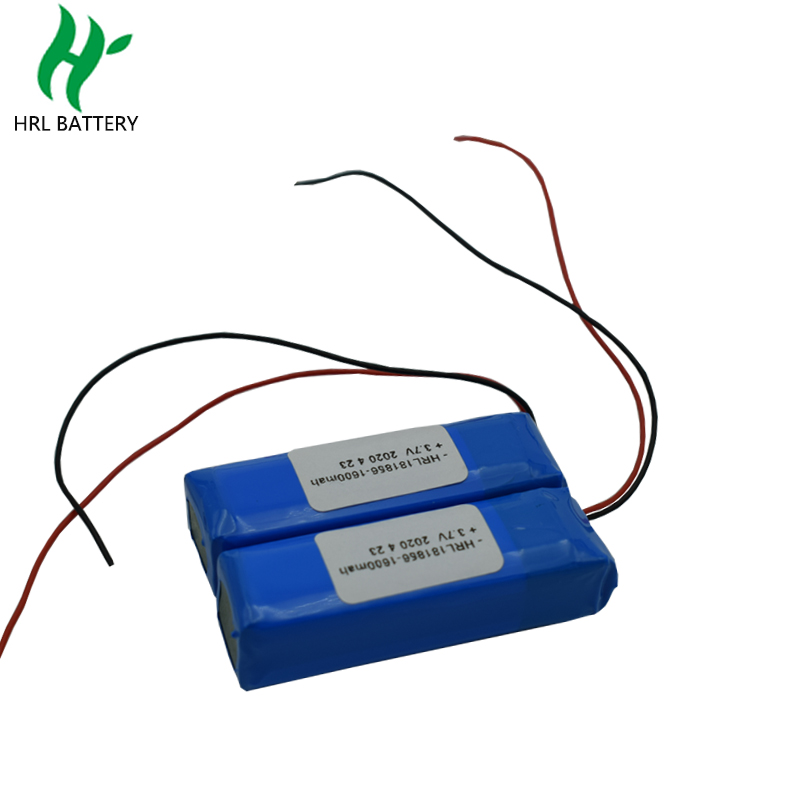The lithium battery we often say refers to the lithium ion battery, which is a secondary battery that can be recharged and has a life span of 300-500 charging cycles. To maximize the effectiveness of lithium-ion batteries and extend the life of lithium batteries, it is necessary to master the correct charging method. The new battery must be activated first, while the old battery must pay attention to the charging voltage, charging stuff, timing charging and other aspects. Let’s take a look next.
The correct way to charge lithium batteries
New battery charging
A new battery generally needs to be activated. After the battery is left for a period of time, it will enter a sleep state. At this moment, the capacity is lower than the normal value and the use time is also shortened. Lithium battery activation method is very simple, as long as 3-5 normal charge and discharge cycles can activate the battery and restore normal capacity.
Charging old batteries
1. Charging method
An old battery refers to a battery that has been charged and discharged many times, not a scrapped battery. The life of a lithium battery has nothing to do with the number of charging and discharging. It has no memory effect. No matter how you charge it, it will not affect the number of charging cycles. Therefore, do not charge the battery until it is completely empty. It is best to charge the battery as much as possible when you can charge it. The charging time should be within 2-3 hours. Of course, you don’t have to be fully charged.
2. Charging voltage
The safe operating voltage range of lithium batteries is 2.8 to 4.2V. Lower or higher than this voltage range, the lithium ions in the battery become very unstable and even cause accidents. To ensure that the battery is on a safe scale, a special charger is required. These chargers will automatically adjust the charging method according to the current battery condition.
3. Charging things
Lithium batteries should be charged with a dedicated charger, which can guarantee the safety of charging. When the charger is working, it charges the battery with a stable current. As the battery voltage increases, the charger increases the charging voltage together to accelerate the charging speed. When the battery reaches the 4.2V cut-off voltage, the battery only charges about 70% (not full) at this moment. At this moment, the charger continues to charge the battery with a steady voltage and a gradually decreasing current. When the value is less than 0.1A and the battery voltage continues to rise, it stops charging.
4. Timed charging
Lithium batteries that are not needed for a long time should be stored in a cool and dry place in a half-charged state. Storage with full power is risky and the battery will be harmful, while storage without power may damage the battery and lose the effect. During the registration process, every 3–6 months, a charge cycle must be completed and a power calibration will be done.
How long is the life of lithium batteries in general
Lithium batteries can generally be fully charged and discharged for 300-500 charging cycles. Beyond this number, the battery will no longer be usable. Of course, this can only be used as a reference. The life of a lithium battery has nothing to do with the number of recharges, but is related to the cycle of charging and discharging, that is, the number of times from zero to full charge. A charging cycle means the process of using all the power of the battery from full to empty, and then from empty to full. This is not the same as charging once. For example, a lithium battery used only half of its power on the first day, and then fully charged it. If it is still the case the next day, that is, use half of the charge and charge it twice. This can only be counted as one charging cycle, not two.
In daily life, it may take several times to complete a cycle. Every time a charging cycle is completed, the battery capacity will decrease a bit. However, this reduction in power consumption is very small. High-quality batteries will still retain 80% of their original capacity after being charged for multiple cycles. Many lithium-powered products will still be used as usual after two or three years. Of course, the lithium battery still needs to be replaced after the end of its life.
Post time: Dec-23-2020





